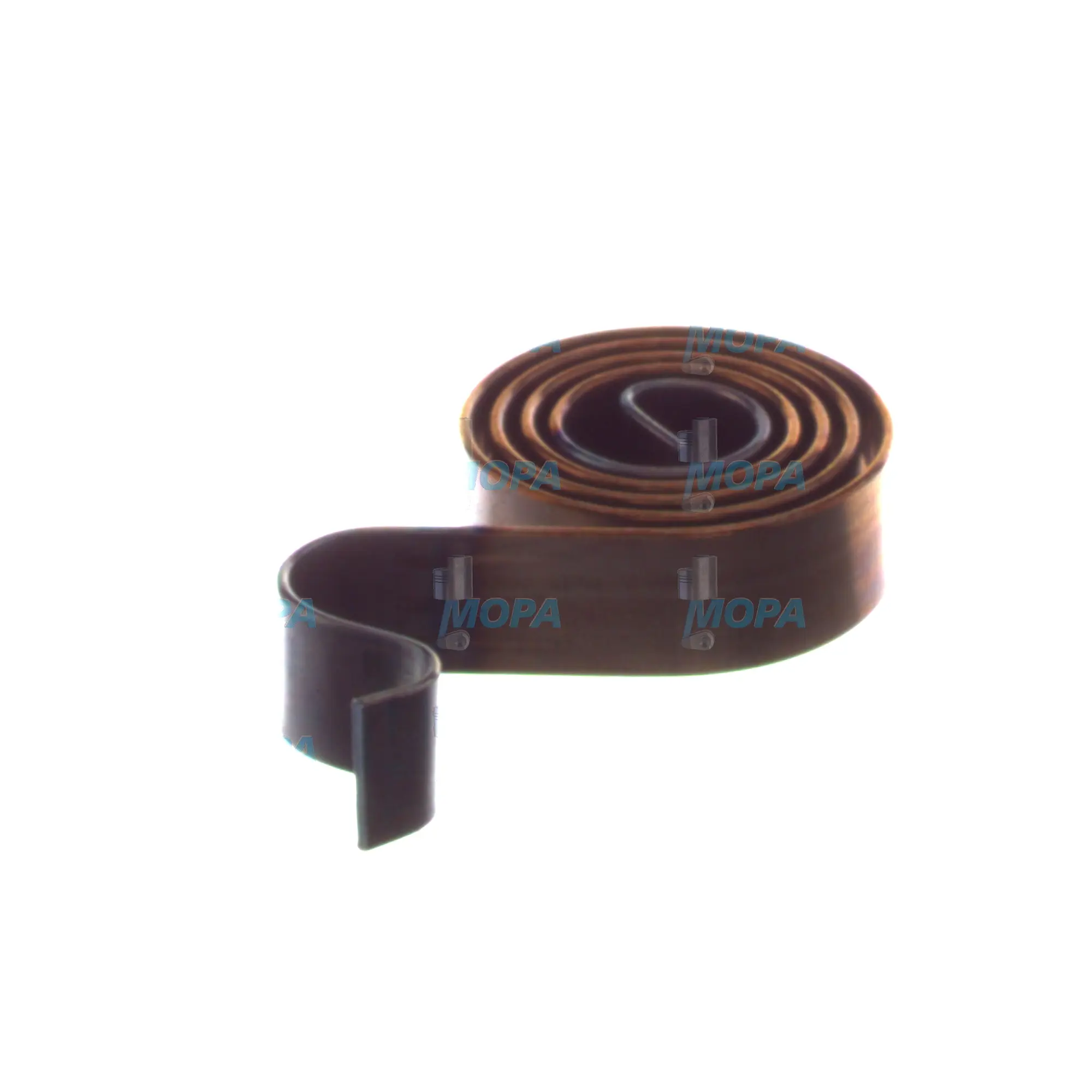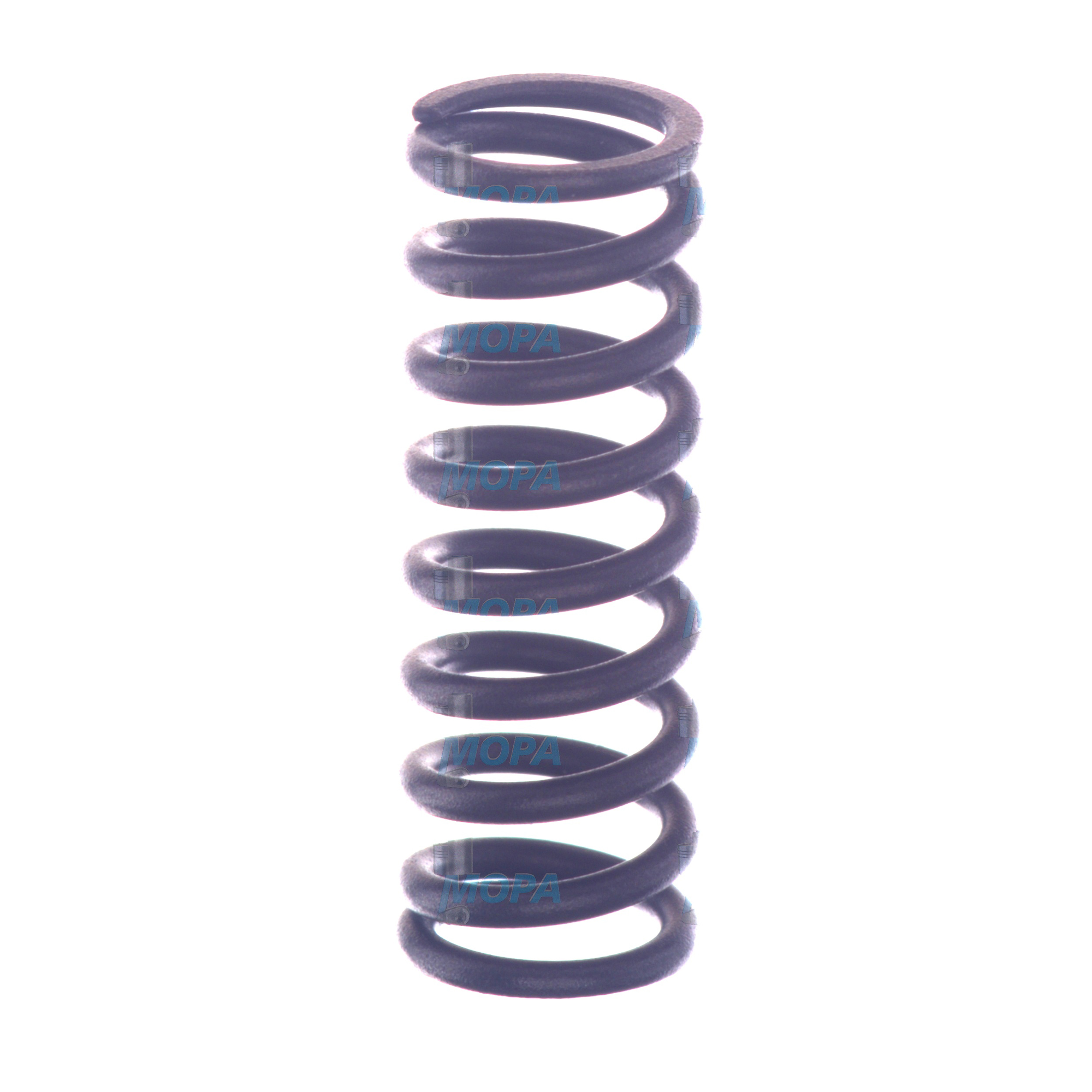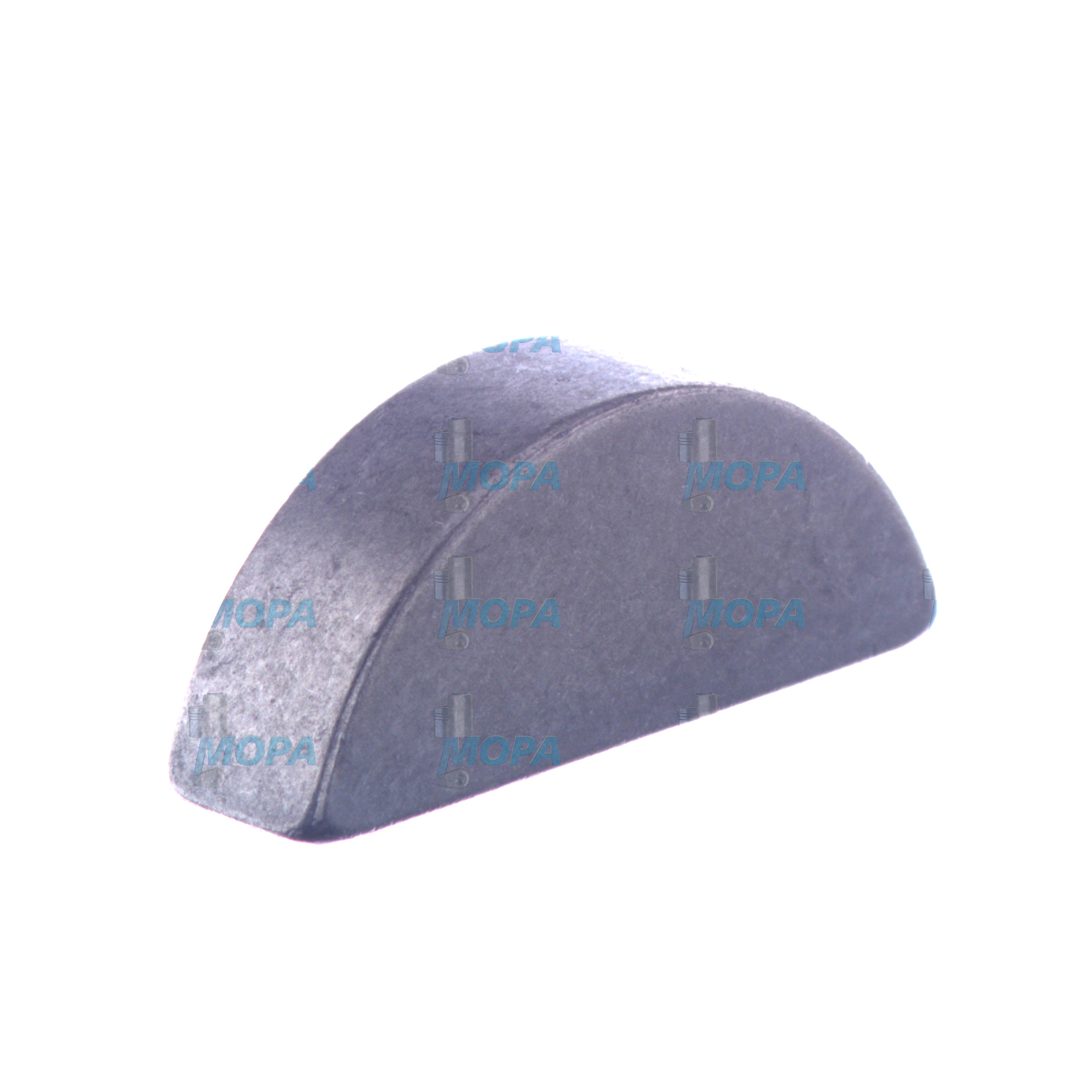SPRING components: Springs for diesel and marine engines
Springs are precision energy-storage elements that control motion, force, and sealing across the engine. In heavy-duty propulsion and power-generation, they stabilize valve timing, return injection elements to position, regulate pressure valves, and secure safety mechanisms. A correctly specified SPRING marine engine component keeps the cycle synchronized under heat, speed, and vibration, ensuring dependable uptime and predictable performance in both diesel and gas engine platforms.
SPRING function in engines: valve train, injection, and safety control
In the valve train, valve springs maintain positive contact between cam, follower, and valve. They deliver seat pressure to seal the combustion chamber at rest and provide open pressure at full lift to prevent valve float at high rpm. The right spring rate and installed height ensure the valve follows the cam profile precisely, protecting volumetric efficiency, boosting combustion stability, and safeguarding pistons and turbochargers from mis-timed events. Dual and beehive configurations mitigate resonance and coil surge under high acceleration ramps typical of modern cam designs.
Fuel systems depend on dedicated springs for injection control. In a SPRING diesel engine injector, the nozzle needle spring sets and stabilizes opening pressure, shaping injection timing, atomization, and rate-of-rise. In-line and distributor pumps rely on plunger return springs and check-valve springs to maintain precise fill and delivery across the speed/load map. Consistent spring forces limit hydraulic drift, reduce smoke at transient load steps, and support compliant emissions.
Pressure regulation and safety devices are also spring-governed. Lube oil and fuel relief valves use calibrated springs to hold target pressures while protecting circuits against spikes. Starting-air non-return valves, thermostatic bypass valves, and overspeed trips depend on predictable spring forces to respond instantly and repeatably. In governor assemblies, torsion springs define droop and dynamic response, directly influencing speed stability in marine propulsion and generator applications.
SPRING design options for marine and diesel applications
Engineers specify helical compression springs for valve train and pump return, disc (Belleville) springs where high force and compact axial packages are needed, and torsion springs in governors and linkages. Materials typically include Cr-Si and Cr-V alloys with shot peening, presetting, and controlled heat treatment to raise fatigue strength. Surface finishes such as phosphate or nitrided coatings enhance corrosion resistance in salt-laden environments common to the SPRING marine engine context.
Key characteristics and advantages of Springs
· High fatigue strength for millions of cycles under elevated temperatures.
· Stable seat and open pressures to prevent valve float and misfire.
· Precision rates matched to cam profiles and injector set points.
· Low relaxation for long service intervals and predictable load retention.
· Shot-peened and heat-treated for superior durability.
· Corrosion protection tailored to marine atmospheres and fuels.
· Tight dimensional tolerances for drop-in fit and correct installed height.
· Harmonic control to avoid coil surge at critical engine speeds.
SPRING importance for reliability and service life
Springs sit at the heart of engine reliability. Weak or fatigued valve springs can induce valve float, causing loss of compression, elevated EGTs, and potential piston-to-valve contact—failures that escalate into major overhauls. Injector and pump spring degradation shifts opening pressure and injection timing, increasing specific fuel consumption and emissions while stressing turbochargers and aftertreatment. In lubrication systems, a compromised relief-valve spring can lead to low oil pressure at idle or overpressure at high load, risking bearing damage. Corrosion pitting and thermal relaxation are common marine challenges; using correctly engineered springs prevents these mechanisms from shortening service life. Routine checks for free length, load at height, and surface condition should be part of every planned maintenance to maintain a stable operating envelope.
OEM spare parts suitable for Springs: performance, reliability, budget, service life
Choosing OEM spare parts suitable for Springs ensures the exact force-deflection curve intended by the engine designer. Load at installed height, open load at full lift, wire diameter, end grinding quality, and metallurgy are precisely controlled so the SPRING OEM parts behave identically across cylinders and units. This preserves timing fidelity, keeps injection pressures within specification, and protects bearings and valves from unintended dynamics.
Procurement teams also benefit from predictable lifecycle costs. Correctly engineered springs extend inspection intervals, reduce unplanned downtime, and minimize collateral damage risk, improving total cost of ownership. Dimensional accuracy enables fast change-out without shimming improvisations, cutting labor time during port calls or planned outages. Traceability and batch consistency improve compliance with class requirements and simplify documentation for audits in marine and power-generation environments.
MOPA as a partner for OEM parts: SPRING components with speed, quality, and security
MOPA supplies OEM spare parts suitable for Springs for a broad range of diesel and gas engines, combining deep technical knowledge with responsive logistics. Our team cross-references part numbers, validates load specifications, and sources SPRING OEM parts that meet the engine maker’s performance criteria. With fast quoting, consolidated shipments, and proven export handling, we shorten lead times and reduce risk throughout your supply chain.
Quality and security are central to our trade. Every item is handled with care, packaged for marine transit, and delivered with clear documentation and traceability. Whether you operate a single vessel or a global fleet, MOPA helps standardize spring procurement for valves, injectors, governors, and relief valves—keeping engines on schedule and budgets under control.
Conclusion
Springs underpin the timing, pressure control, and safety of every modern engine. Specifying the right SPRING components preserves performance and protects critical hardware across marine and industrial duty cycles. OEM spare parts suitable for Springs deliver consistent forces, reliable fit, and long service life—an efficient, risk-aware choice for professional operators.





